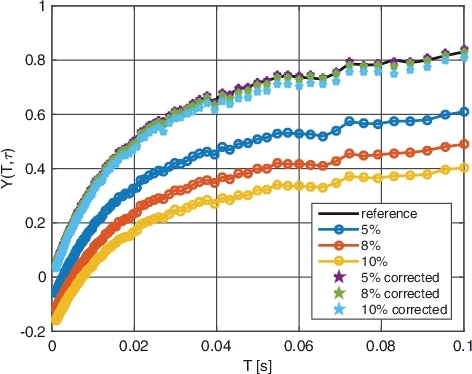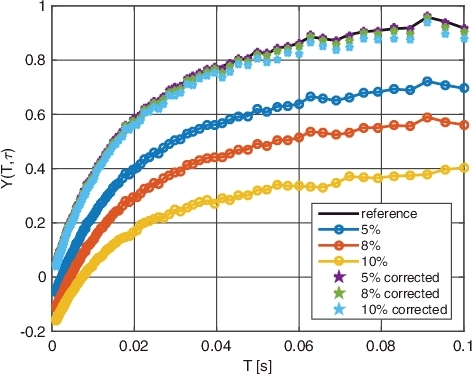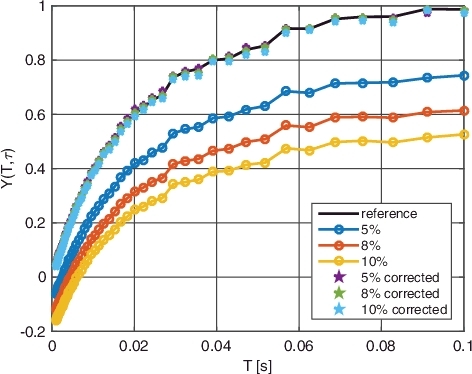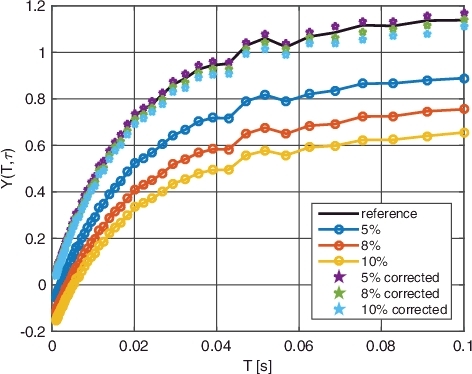Figures & data
Figure 1. Paralyzing vs. non-paralyzing dead time. In the non-paralyzing model, the third detection (indicated by the black dot) is recorded, whereas in the paralyzing model it is not.

Figure 2. Inducing a paralyzing dead time on the detection signal. Each dot represents a detection. If the duration between two consecutive detections is less than the dead time, the later of the two is removed.

Figure 3. A three-dimensional plot of the BEX surface Y(T, τ). The black dots indicate the τ0 cut-off, after which the induced dead time changes the values of the variance-to-mean ratio.
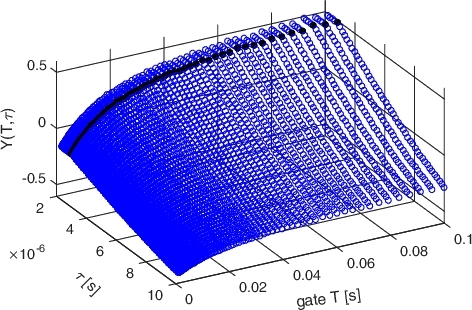
Figure 4. Graphic illustration of the BEX method on a single ‘slice’ of the Feynman-Y curve. The fitted curve is second-degree one-dimensional polynomial, i.e. p0 + p1τ + p2τ2.
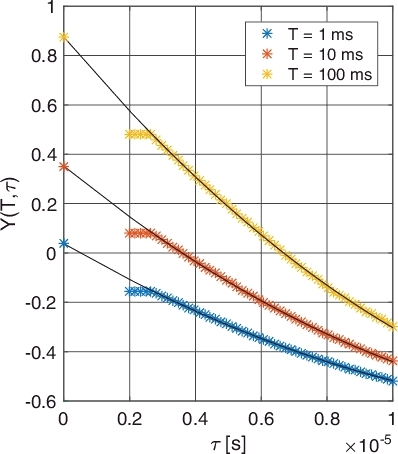
Figure 5. Graphic illustration of the BEX method on the entire Y(T, τ) surface (rather than a single value of T). The fitted surface is a fourth-degree two-dimensional polynomial, i.e. p00 + p10τ + p01T + p20τ2 + p11τT + p02T2 + p30τ3 + p21τ2T + p12τT2 + p03T3 + p40τ4 + p31τ3T + p22τ2T2 + p13τT3 + p04T4.
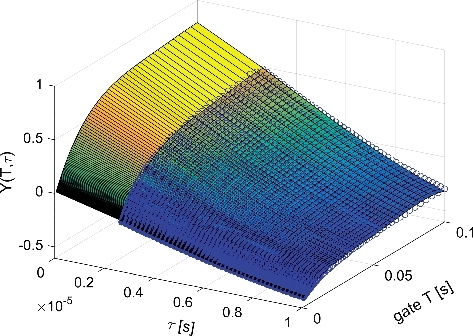
Figure 6. Schematic layout of the MINERVE zero power reactor during the noise measurements campaign in September 2014.
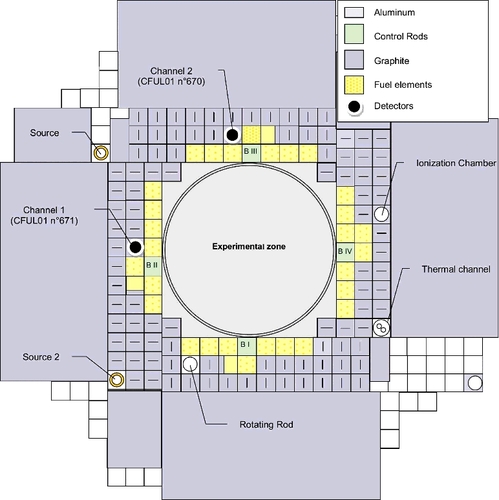
Table 1. Detector signals with inflicted dead time τ
Table 2. Quantification of the goodness of the corrected curves (see Equation (Equation7(7)
(7) )) for different induced dead times, i.e. 5%, 8%, and 10% CPS reduction (see )
Figure 11. The deviation (%) of the BEX approximation from the Feynman-Y curve with respect to the control values.
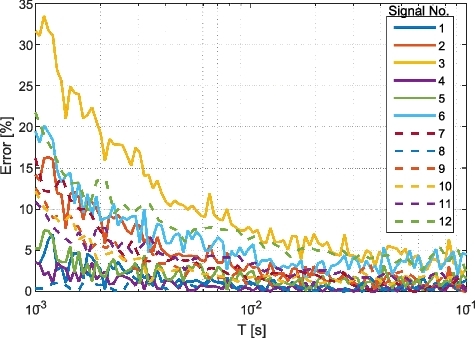
Table 3. The evaluated decay constant and reactivity using the BEX dead time correction method. The propagated uncertainty on the reactivity is approximately ±30 pcm

